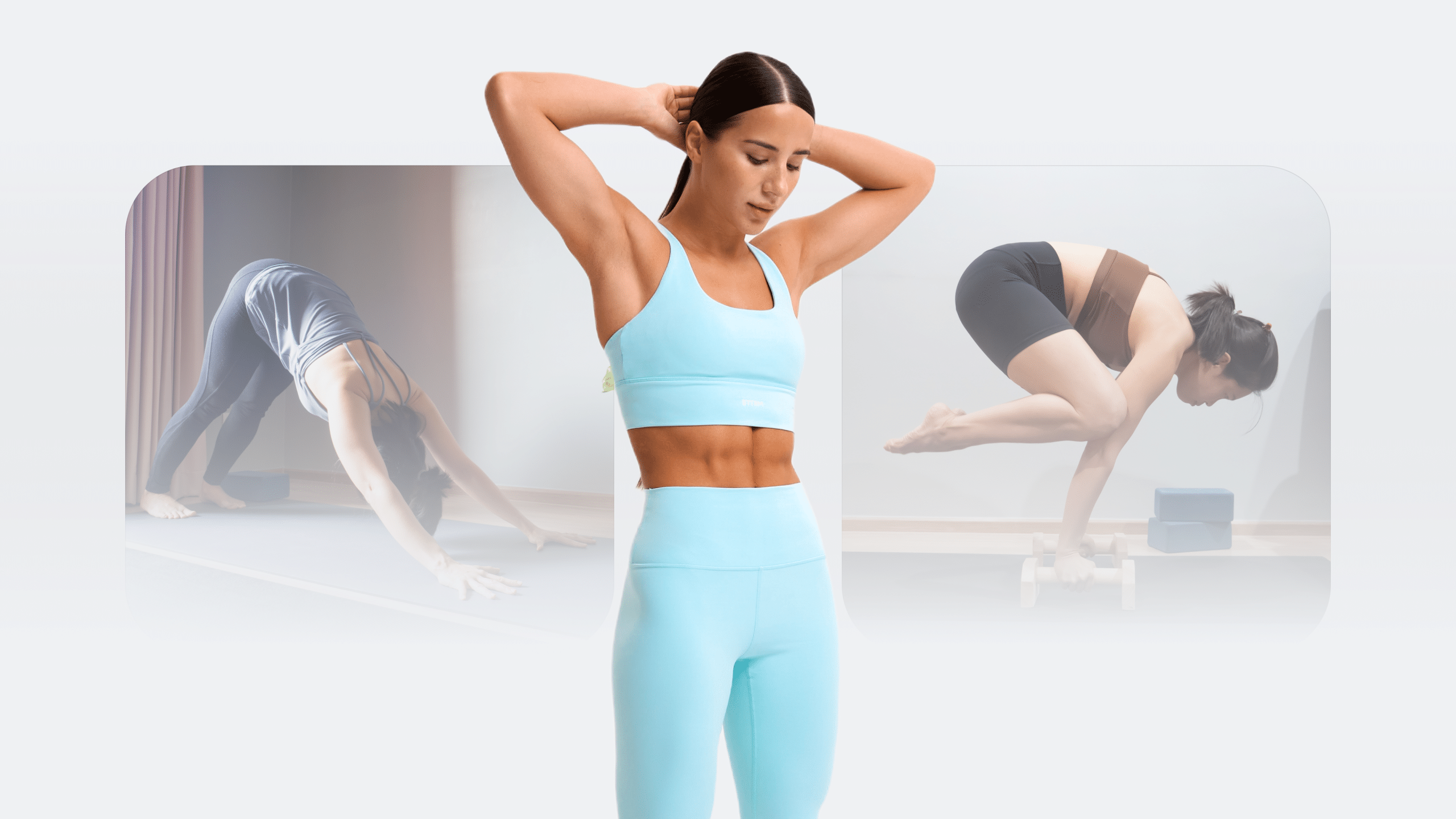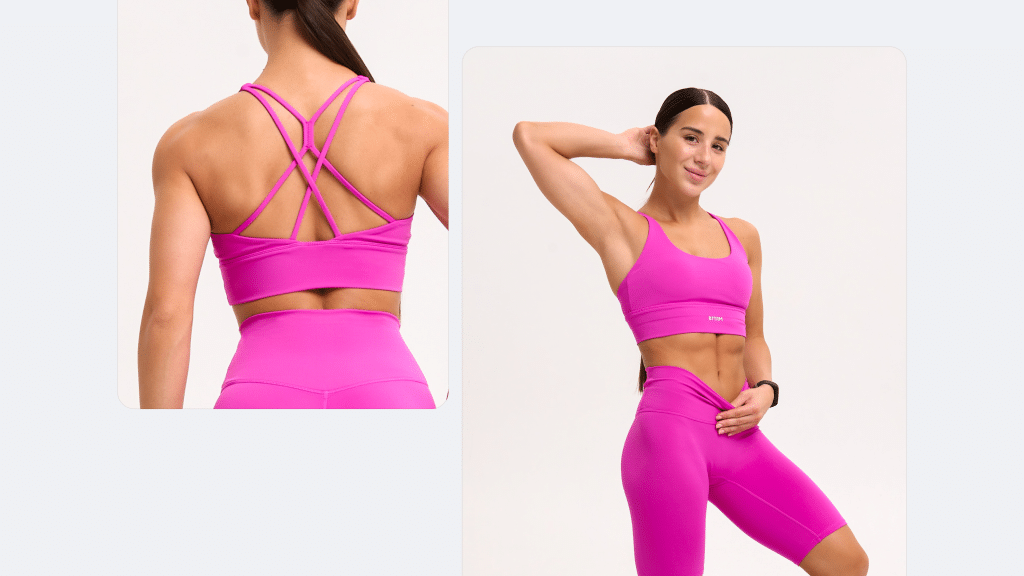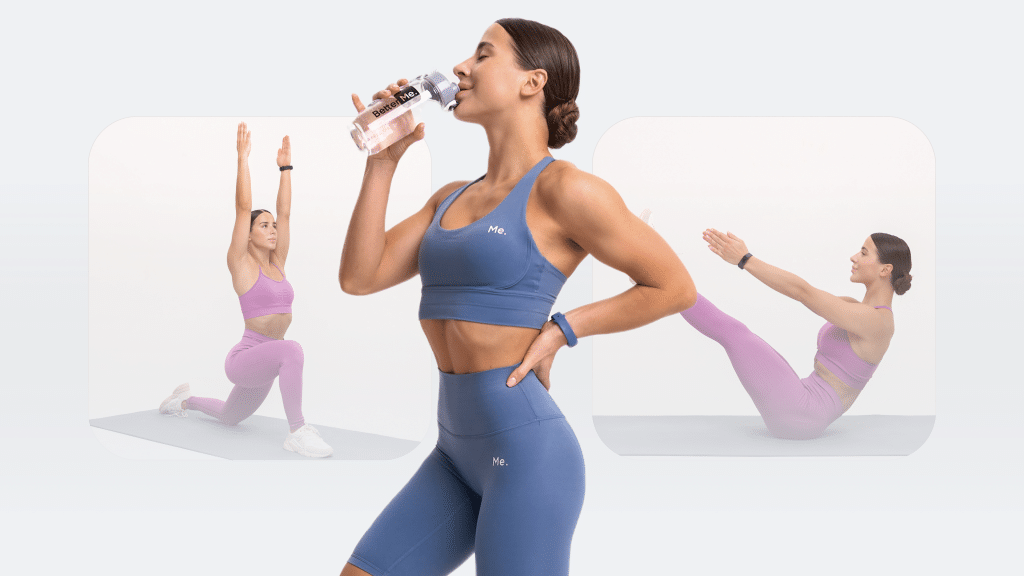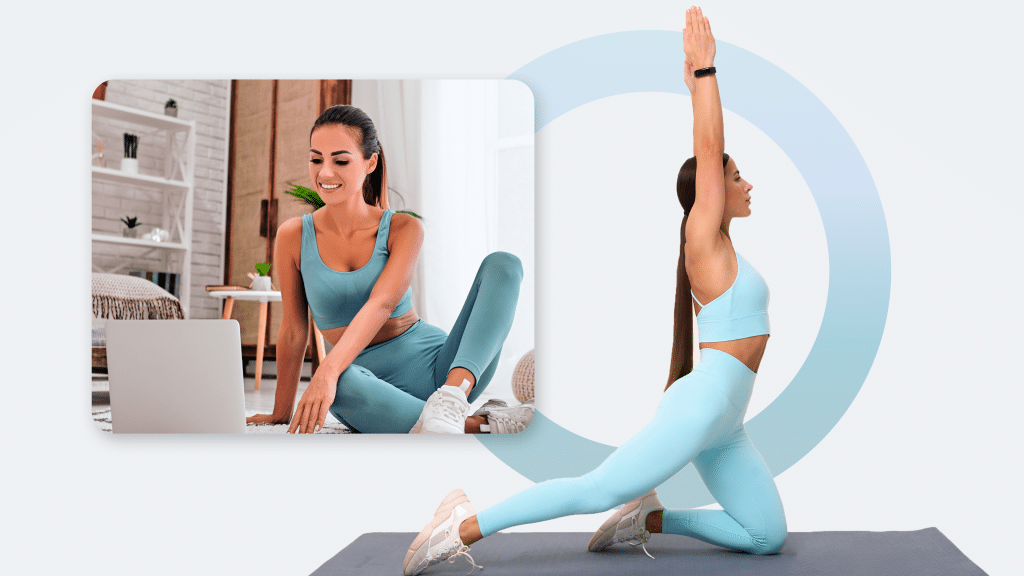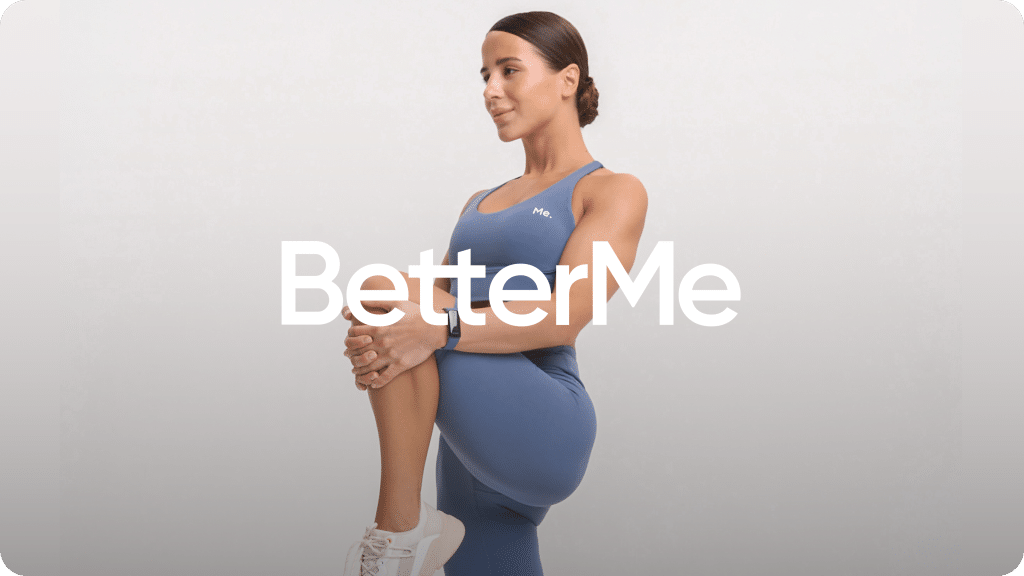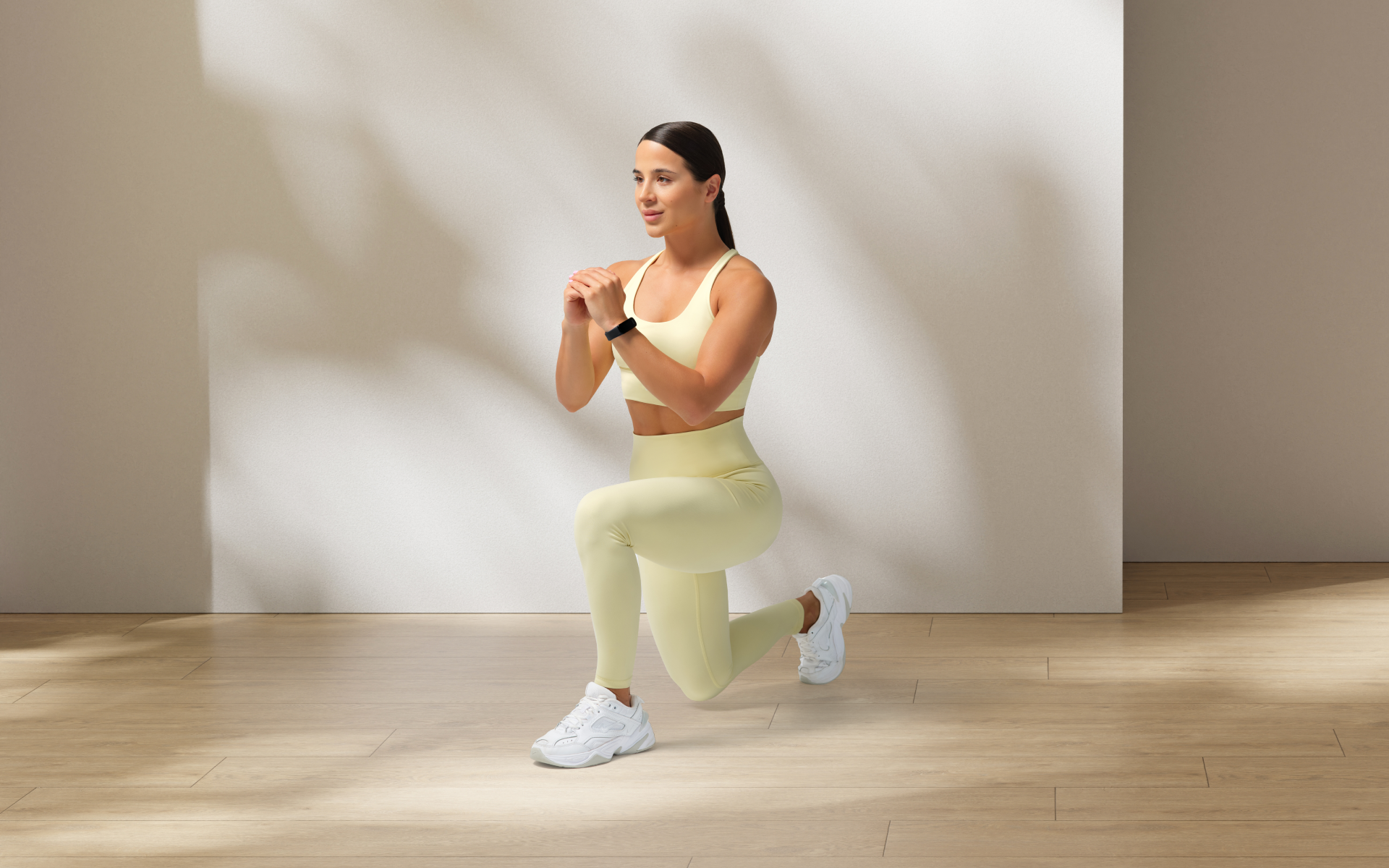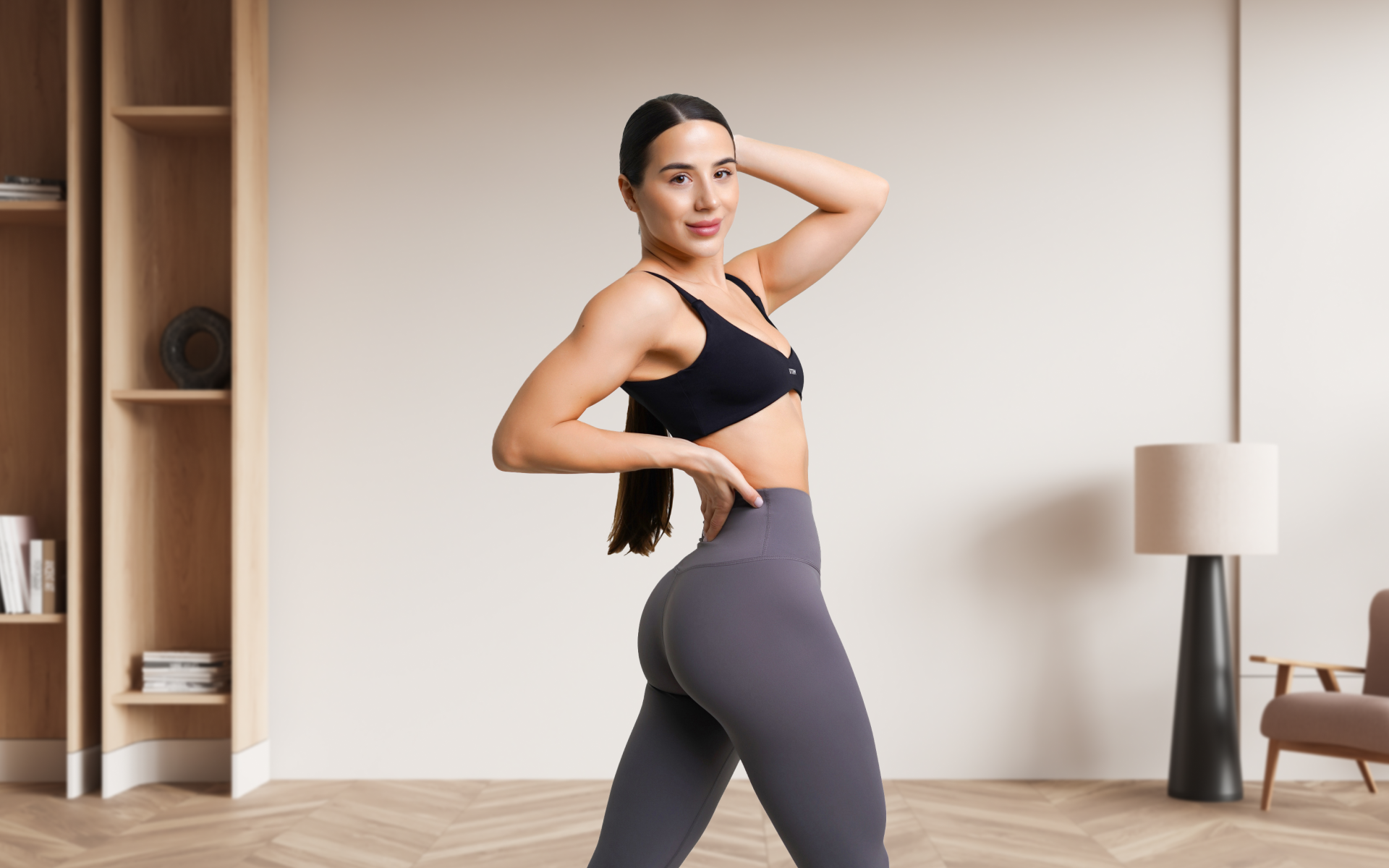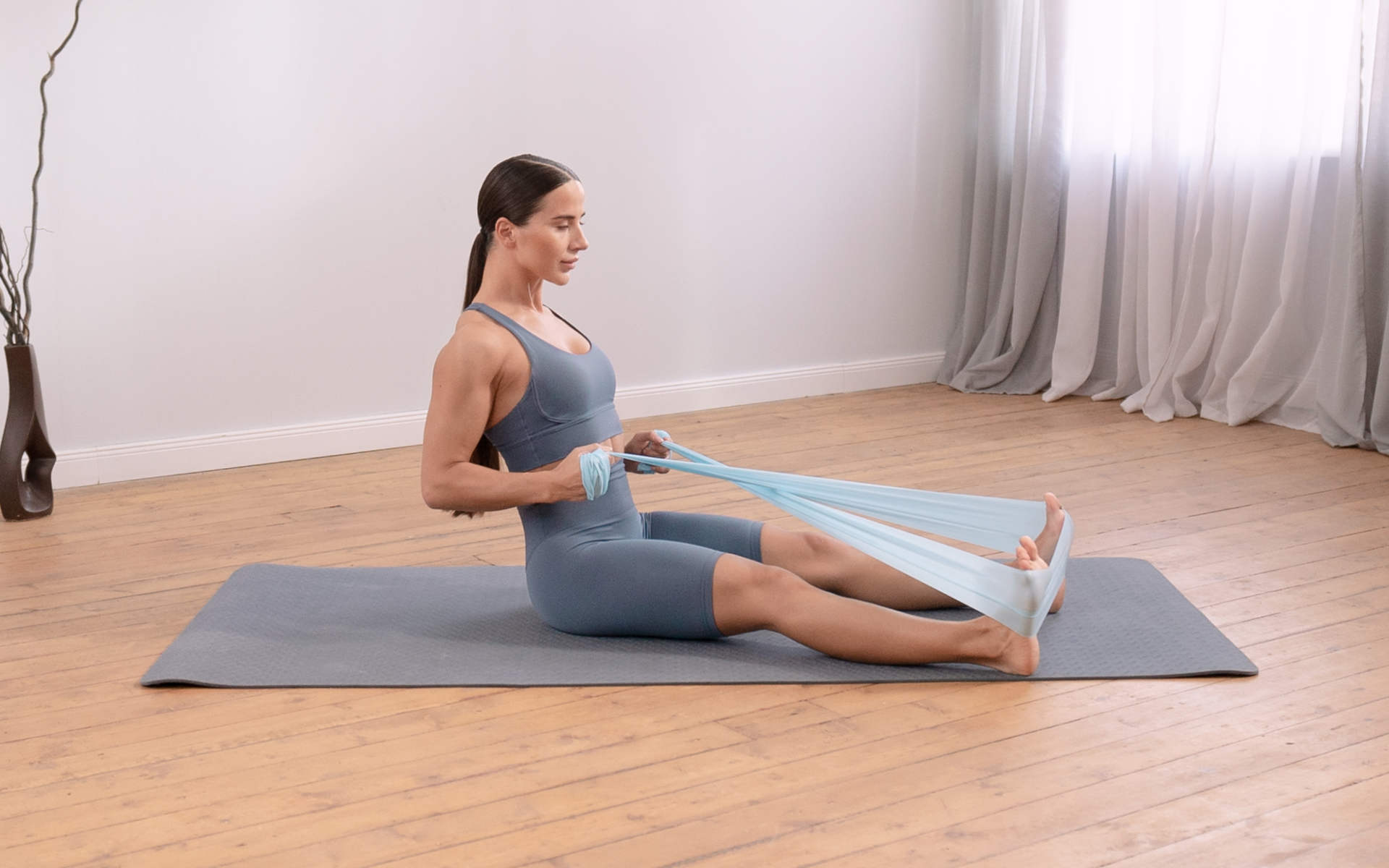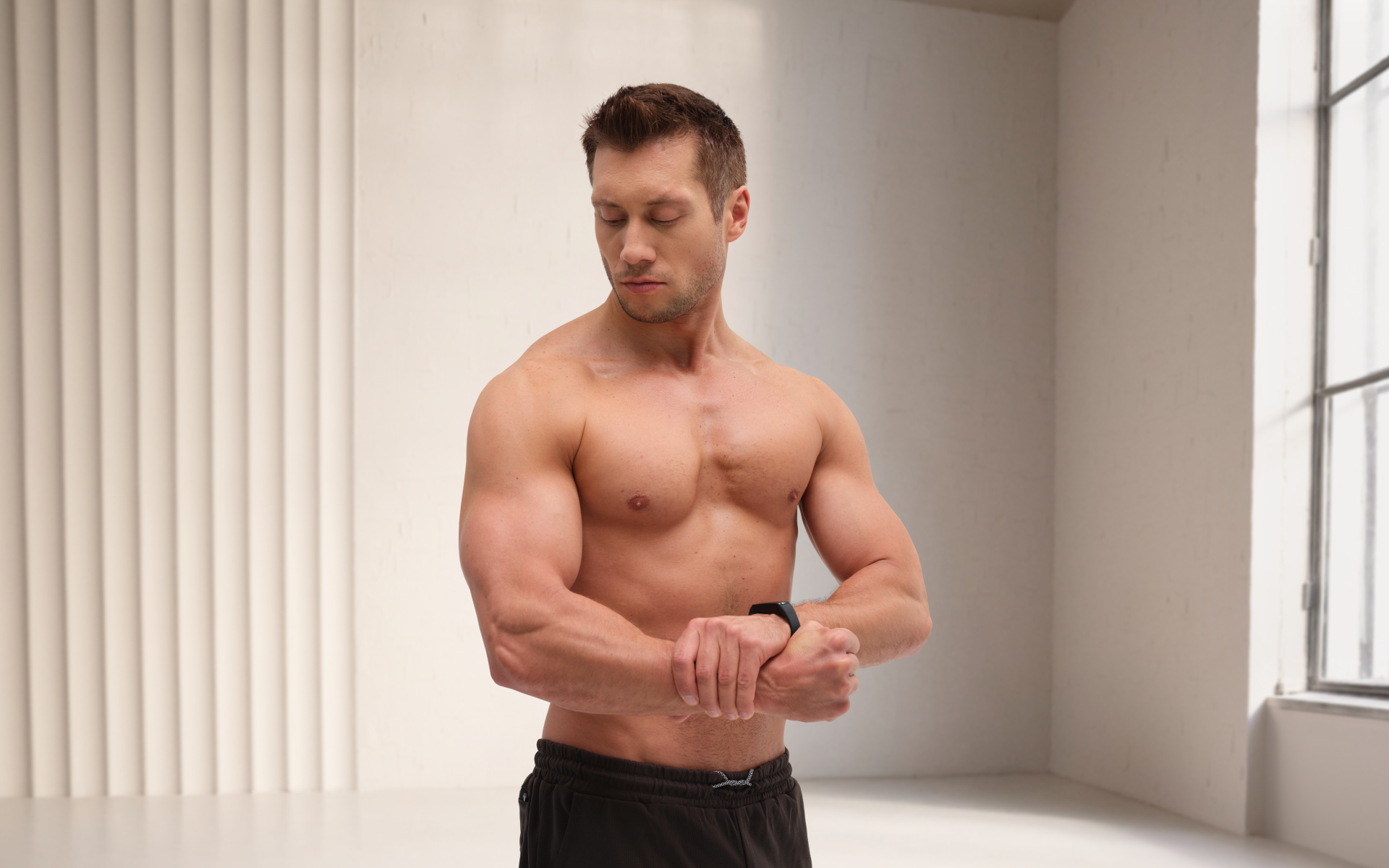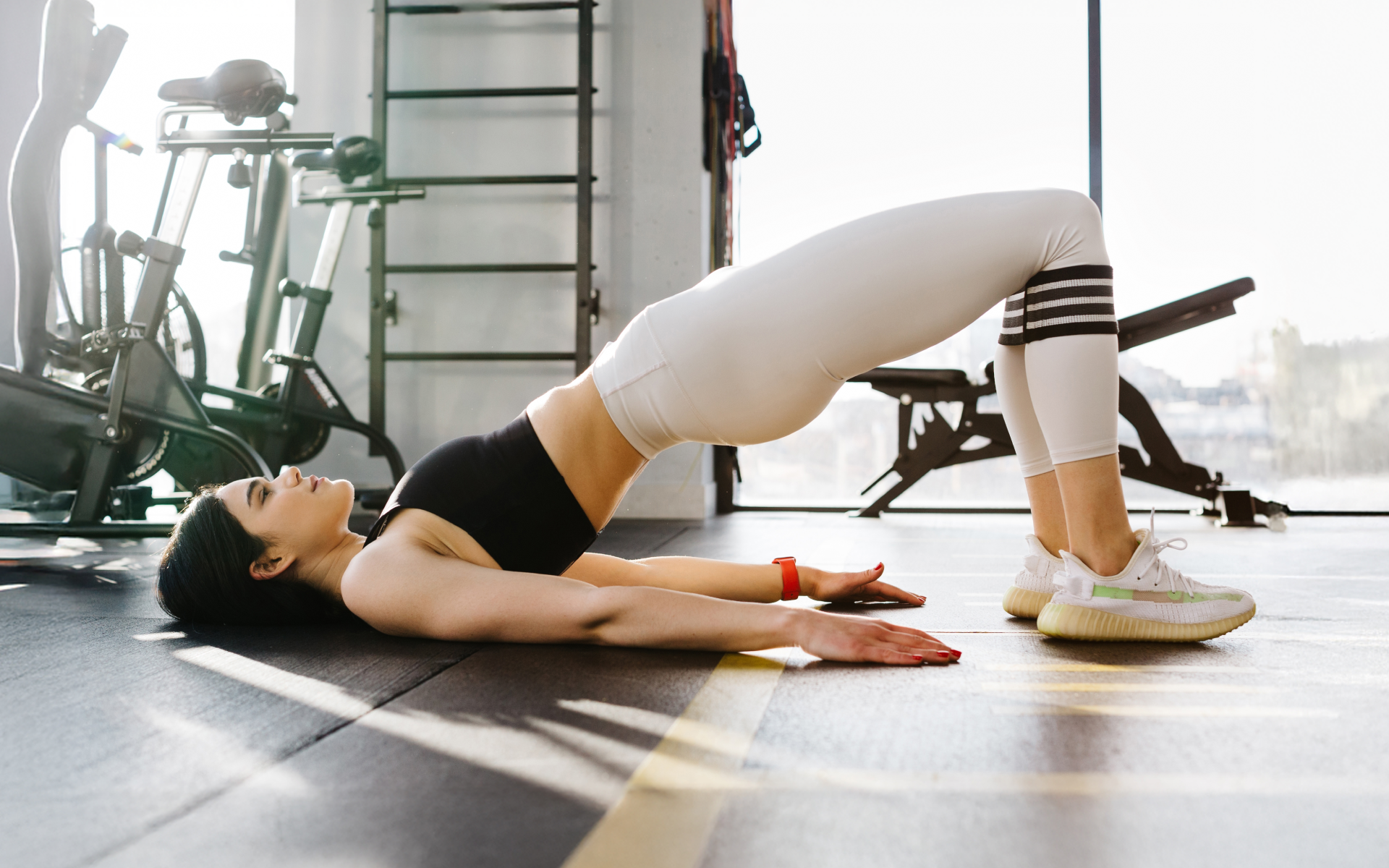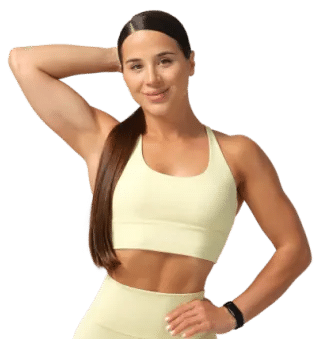In one’s quest for physical fitness and a sculpted body, calisthenics and bodybuilding often stand as towering choices, each with its unique allure. But which one is right for you? This question is more than just about preference; it’s about understanding your fitness goals, lifestyle, and commitment level. Are you seeking functional strength and flexibility, or are you driven by the desire for muscular hypertrophy and raw power? The world of calisthenics champions the art of using one’s body weight as resistance, emphasizing agility, balance, and core strength. In contrast, bodybuilding focuses on isolating muscle groups to maximize size and aesthetic symmetry, typically involving weights and equipment. Let’s explore the pros and cons of each approach, helping you make an informed decision on your fitness journey.
What Is Calisthenics?
Calisthenics is a form of exercise that involves using your own body weight as resistance to develop your muscles. The word itself originates from the Greek words ‘kalos’, which means beauty, and ‘sthenos’, which means strength. Here are some defining features of calisthenics:
- Bodyweight-based: Calisthenics primarily uses your body weight as resistance, eliminating the need for external weights or machines.
- Compound movements: Unlike some other forms of exercise, calisthenics involves movements that engage multiple muscle groups at once, such as push-ups or pull-ups.
- Skill progression: Calisthenics exercises often have clear progressions, starting with simple movements and advancing to more complex ones as your strength and skill level increase.
- Versatility: The exercises can be performed anywhere you have space, indoors or outdoors, making it a highly versatile form of fitness.
- Minimal equipment: While advanced movements might require bars or rings, most calisthenics exercises need little to no equipment.
- Focus on form: Calisthenics emphasizes proper form and technique over lifting heavy weights or performing rapid repetitions, promoting overall body control.
- Inclusive: It caters to all fitness levels. You can modify exercises to make them easier or harder based on your capabilities.
Read More: Calisthenics Workout Abs: 5 Moves For A Solid Core
What Is Bodybuilding?
Bodybuilding is a form of physical training that focuses on developing and controlling your muscles for aesthetic purposes (9). It’s not just an exercise regimen, but a lifestyle that requires dedication to training, diet, and recovery.
Here are some defining features of bodybuilding:
1. Muscle Hypertrophy
The primary goal in bodybuilding is muscle growth or hypertrophy (9). This is achieved through resistance training with weights, leading to micro-tears in the muscle fibers that heal and grow larger with proper nutrition and rest.
2. Isolation Exercises
Unlike calisthenics, which often engages multiple muscle groups at once, bodybuilding frequently uses isolation exercises that target specific muscles. This allows for focused muscle development.
3. Progressive Overload
Bodybuilders often use the principle of progressive overload, gradually increasing the weight, reps, or sets they perform to continually challenge and grow their muscles (5).
4. Equipment-Dependent
Most bodybuilding exercises require equipment like dumbbells, barbells, and resistance machines. As such, it’s typically practiced in a gym setting.
5. Structured Training Split
Bodybuilders usually follow structured routines that split the week into different muscle group workouts. For example, they might have separate days for chest, back, legs, arms, and shoulders.
6. Nutrition And Recovery
Bodybuilding places a strong emphasis on diet and recovery. Adequate protein intake for muscle repair and growth, along with sufficient rest and sleep, are vital components of the bodybuilding lifestyle (1) (6).
7. Competitive Aspect
For some, bodybuilding goes beyond personal fitness and becomes a competitive sport, where participants are judged on their muscle size, symmetry, and definition.
Calisthenics Vs Bodybuilding: Difference
Here’s a comparison chart to illustrate the differences in many aspects:
| Aspect | Calisthenics | Bodybuilding |
|---|---|---|
| Goal | Functional strength, flexibility, and body control. | Muscle hypertrophy, symmetry, and aesthetic appeal. |
| Equipment | Primarily uses body weight, minimal equipment needed. | Often requires weights and machines. |
| Exercises | Compound exercises engaging multiple muscle groups. | Mix of compound and isolation exercises targeting specific muscles. |
| Location | Versatile, can be done anywhere with enough space. | Typically gym-based due to equipment needs. |
| Training Approach | Progression of exercises from simple to complex movements. | Progressive overload with increasing weights, reps, or sets. |
| Physique | Lean, toned body with balanced muscle development. | Larger, more defined muscles with emphasis on symmetry. |
| Lifestyle | Flexible, can be integrated into daily routines. | Requires dedicated time for training, diet, and recovery. |
Reasons why BetterMe is a safe bet: a wide range of calorie-blasting workouts, finger-licking recipes, 24/7 support, challenges that’ll keep you on your best game, and that just scratches the surface! Start using our app and watch the magic happen.
Does Calisthenics Yield Strength Better Than Bodybuilding?
The question of whether calisthenics produces strength better than bodybuilding isn’t straightforward because it depends on how you define strength.
If we’re talking about maximal strength, especially in isolated muscle groups, then bodybuilders often come out on top due to their focused training and muscle hypertrophy.
However, if we’re discussing functional strength or relative strength (strength in relation to body size), calisthenics practitioners typically excel. They train with complex movements that engage multiple muscle groups at once, improving overall body strength, agility, and control.
Also, since they’re lifting and controlling their body weight, a person who excels in calisthenics usually has a high strength-to-mass ratio.
Bear in mind that these are general trends and individual results can vary based on factors like genetics, diet, consistency, and the specifics of their training program. So, as far as calisthenics vs bodybuilding strength, both can help you build this aspect, but they do so in different ways and with different emphases.
Are Calisthenics Better For Building Muscle?
Calisthenics can indeed build muscle. It uses compound exercises that engage multiple muscle groups at once, and like any form of resistance training, it can lead to muscle growth, especially if you progressively increase the difficulty of your exercises. Calisthenics tends to result in a lean, functional physique (8).
However, if your primary goal is maximal muscle hypertrophy (i.e., increasing the size of your muscles as much as possible), then traditional weightlifting or bodybuilding routines are generally more effective. These routines often involve lifting heavy weights and performing isolation exercises that allow you to target specific muscles and push them to their limits, leading to significant muscle growth.
Remember that nutrition also plays a crucial role in muscle building. Regardless of whether you’re aiming for calisthenics vs bodybuilding physique, you’ll need a diet that provides enough protein and calories to fuel muscle growth (3).
Can You Get Ripped With Just Calisthenics?
Yes, you can get ripped with just calisthenics. Calisthenics exercises can help you build lean muscle mass and, combined with a proper diet and consistent training, can lead to a ripped physique.
Here’s why:
1. Muscle Growth
Like any form of resistance training, calisthenics can stimulate muscle growth. As you progress to more challenging exercises or increase your reps, you continue to challenge your muscles, which can lead to hypertrophy (muscle growth).
2. Fat Burning
Many calisthenics exercises are compound movements that engage multiple muscle groups, leading to a higher calorie burn during workouts, which can help in reducing body fat.
3. Core Strength
Calisthenics often requires maintaining core stability, which can lead to a well-defined midsection.
Read More: Mastering The Basics: A Beginner’s Guide To Shoulder Workout Calisthenics
Can A Bodybuilder Do Calisthenics?
Yes, a bodybuilder can certainly incorporate calisthenics into their training regimen or even transition to a calisthenics-based program. The two disciplines are not mutually exclusive but rather represent different approaches to fitness and strength training.
Bodybuilders often focus on muscle hypertrophy and isolated exercises, while calisthenics typically involves compound movements and bodyweight exercises. However, the strength and muscle mass gained from bodybuilding can be beneficial in performing calisthenics exercises.
In addition, incorporating calisthenics into a bodybuilding routine can provide several benefits:
1. Functional Strength
Calisthenics can improve mobility and functional strength andwhich can enhance overall athletic performance and daily life activities.
2. Variety
Adding calisthenics can bring variety to a workout routine, making it more enjoyable and reducing the risk of overuse injuries.
3. Core Strength And Stability
Many calisthenics exercises engage the core and improve stability, which can benefit lifting techniques in bodybuilding.
4. Flexibility
Calisthenics often requires and improves flexibility, which can help prevent injuries (7).
However, a transition from bodybuilding to calisthenics should be done gradually and preferably under the guidance of a professional to avoid injury.
It’s also important to remember that while the muscular physique developed through bodybuilding might initially make some bodyweight exercises more challenging, with consistent training, adaptations will occur.
BetterMe app will provide you with a host of fat-frying fitness routines that’ll scare the extra pounds away and turn your body into a masterpiece! Get your life moving in the right direction with BetterMe!
Benefits Of Calisthenics Vs Weights Bodybuilding
Both calisthenics and bodybuilding have their own unique benefits and can cater to different fitness goals. It’s important to choose the one that aligns best with your personal goals, lifestyle, and preferences.
Calisthenics Vs Bodybuilding Physique
The physique achieved through calisthenics is typically lean and toned with balanced muscle development across the entire body. This results from functional, compound exercises that engage multiple muscle groups.
In contrast, bodybuilding focuses on maximal muscle hypertrophy, leading to larger and more defined muscles (4). The bodybuilder’s physique is often characterized by significant muscle mass and symmetry.
Weighted Calisthenics Vs Bodybuilding
Weighted calisthenics, like regular calisthenics but with added weight, can lead to significant muscle growth while still maintaining the flexibility and functional strength benefits of calisthenics.
That said, bodybuilding with weights allows for targeted muscle isolation and can generally lead to greater muscle mass due to the ability to continually increase resistance.
Calisthenics Vs Bodybuilding Body
Calisthenics can improve overall body control, agility, and functional strength since it involves using your own body weight as resistance. It often leads to a well-rounded, athletic body.
Bodybuilding, on the other hand, can result in a more muscular and bulkier body due to heavy weightlifting and specific focus on muscle growth.
Calisthenics Vs Bodybuilding Pros And Cons
Calisthenics is versatile and can be done anywhere with minimal equipment. It enhances functional strength, flexibility, and body control. However, it may be challenging to target specific muscles or achieve substantial muscle growth.
Bodybuilding can lead to significant muscle gain and allows for targeted training. However, it usually requires access to a variety of weights and machines, and the risk of injury is higher due to lifting heavy weights (2).
Calisthenics Vs Bodybuilding Pull Ups
Pull-ups, a common calisthenics exercise, are an excellent way to build upper body strength and muscle. They engage multiple muscle groups, including the back, arms, and shoulders.
In bodybuilding, pull-ups can also be included but are often supplemented with other exercises to isolate and target specific muscles for growth.
Calisthenics Vs Bodybuilding Strength
In terms of raw power and the ability to lift heavy weights, bodybuilding often comes out on top. However, when it comes to functional strength, relative strength (strength in relation to body size), and body control, calisthenics practitioners typically excel.
Which One Is Right For You?
Here’s a summary to help you make a decision:
Choose Calisthenics If:
- You prefer workouts that improve functional strength, flexibility, and body control.
- You want to engage multiple muscle groups simultaneously with compound exercises.
- You’re interested in a lean, athletic physique rather than maximal muscle size.
- You want to be able to workout anywhere, without needing access to a gym or heavy equipment.
- You enjoy challenging yourself with complex movements and bodyweight mastery.
Choose Bodybuilding If:
- Your primary goal is to build significant muscle mass and size.
- You prefer workouts that allow you to target and isolate specific muscle groups.
- You have access to a gym or are willing to invest in weightlifting equipment.
- You’re interested in competitive bodybuilding or want a heavily muscular physique.
- You find satisfaction in lifting progressively heavier weights and pushing your limits.
Choose Both If:
- You want the best of both worlds – functional strength and flexibility from calisthenics, coupled with substantial muscle growth from bodybuilding.
- You’re interested in a well-rounded fitness regimen that offers variety and reduces the risk of overuse injuries.
- You want to build a balanced physique that combines muscle mass with agility and body control.
- You enjoy the challenge and variety of different training styles.
- You believe in cross-training benefits and want to enhance your overall fitness level and performance.
Frequently Asked Questions
Q: What Is The Best Age To Start Calisthenics?
A: There’s no “best” age to start calisthenics. It can be started at any age, given that the exercises are appropriate for the individual’s fitness level and physical development.
For younger individuals, it’s crucial to ensure that exercises are not overly strenuous and that they promote a healthy and positive attitude toward fitness.
For adults, it’s never too late to start. However, as with any new exercise regimen, it’s recommended to consult with a healthcare provider or a fitness professional before starting.
Q: Is Building Muscle With Calisthenics Hard?
A: Building muscle with calisthenics can be challenging but it’s certainly achievable. It requires consistent training, progressive overload (gradually increasing the intensity of your workouts), and a balanced diet rich in protein to support muscle growth.
The key is to keep challenging your muscles by adding more reps, reducing rest time between sets, or advancing to more difficult exercises.
Q: Which Yields More Strength, Calisthenics Vs Bodybuilding?
A: Strength can be subjective and depends on how it’s defined. If we’re talking about absolute strength (the ability to lift heavy weights), then bodybuilders often come out on top, due to their training focus.
However, in terms of relative strength (strength in relation to body size) and functional strength (strength that’s usable in everyday life), calisthenics practitioners typically excel. This is to say both yield strength, but in different ways.
Summary
Calisthenics and bodybuilding represent two distinct approaches to strength training and physique development.
Calisthenics, focusing on bodyweight exercises, promotes functional strength, flexibility, and a lean, athletic build. Bodybuilding, on the other hand, emphasizes muscle hypertrophy through weightlifting for a more muscular and bulkier look.
Both have their unique advantages, and your choice should align with your personal fitness goals, lifestyle, and preferences. Whether you’re into the body control of calisthenics, the muscle mass of bodybuilding, or a combination of both, this guide should help you decide which path is right for you.
DISCLAIMER:
This article is intended for general informational purposes only and does not serve to address individual circumstances. It is not a substitute for professional advice or help and should not be relied on for making any kind of decision-making. Any action taken as a direct or indirect result of the information in this article is entirely at your own risk and is your sole responsibility.
BetterMe, its content staff, and its medical advisors accept no responsibility for inaccuracies, errors, misstatements, inconsistencies, or omissions and specifically disclaim any liability, loss or risk, personal, professional or otherwise, which may be incurred as a consequence, directly or indirectly, of the use and/or application of any content.
You should always seek the advice of your physician or other qualified health provider with any questions you may have regarding a medical condition or your specific situation. Never disregard professional medical advice or delay seeking it because of BetterMe content. If you suspect or think you may have a medical emergency, call your doctor.
SOURCES:
- Dietary Protein and Muscle Mass: Translating Science to Application and Health Benefit (2019, mdpi.com)
- Injury Risk Factors Associated With Weight Training (2022, pubmed.ncbi.nlm.nih.gov)
- International Society of Sports Nutrition Position Stand: protein and exercise (2022, tandfonline.com)
- Maximizing Muscle Hypertrophy: A Systematic Review of Advanced Resistance Training Techniques and Methods (2019, mdpi.com)
- Progressive overload without progressing load? The effects of load or repetition progression on muscular adaptations (2022, ncbi.nlm.nih.gov)
- Sleep and muscle recovery: Endocrinological and molecular basis for a new and promising hypothesis (2011, sciencedirect.com)
- Stretching and injury prevention: an obscure relationship (2004, pubmed.ncbi.nlm.nih.gov)
- The effects of a calisthenics training intervention on posture, strength and body composition (2017, researchgate.net)
- Training Programs Designed for Muscle Hypertrophy in Bodybuilders: A Narrative Review (2020, mdpi.com)
